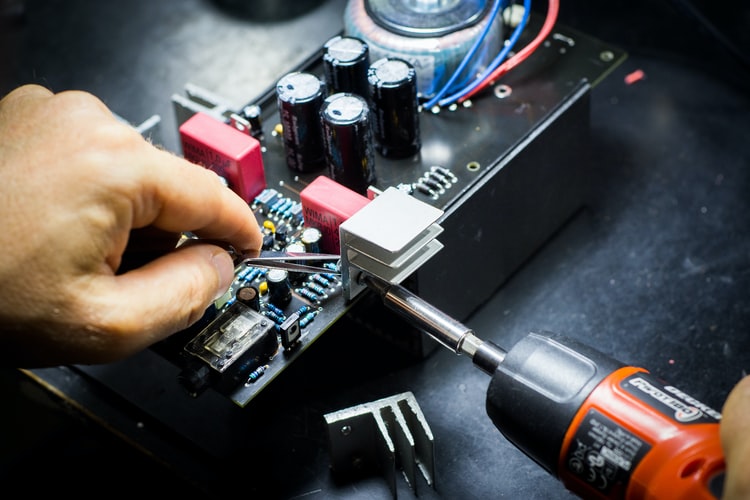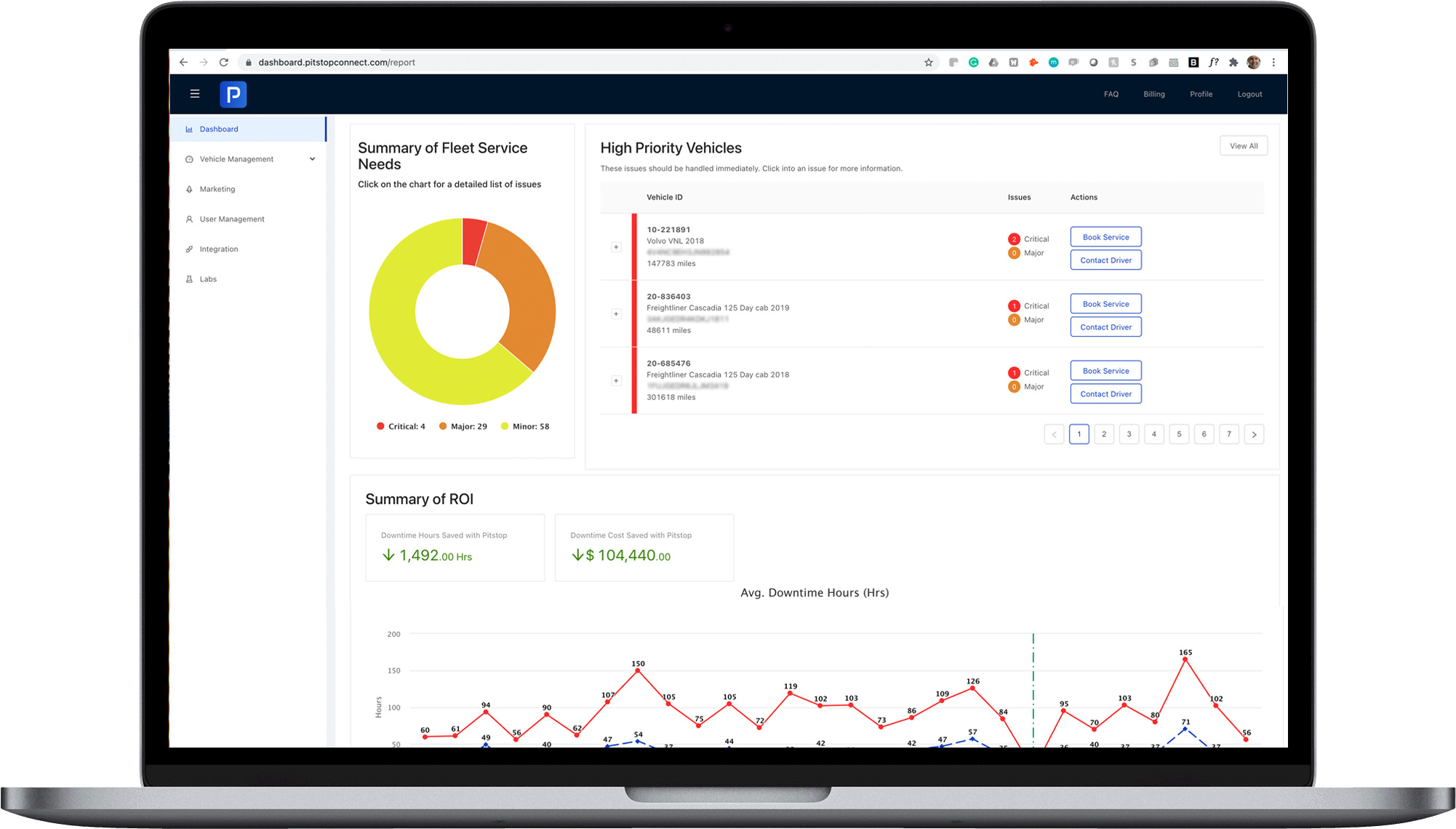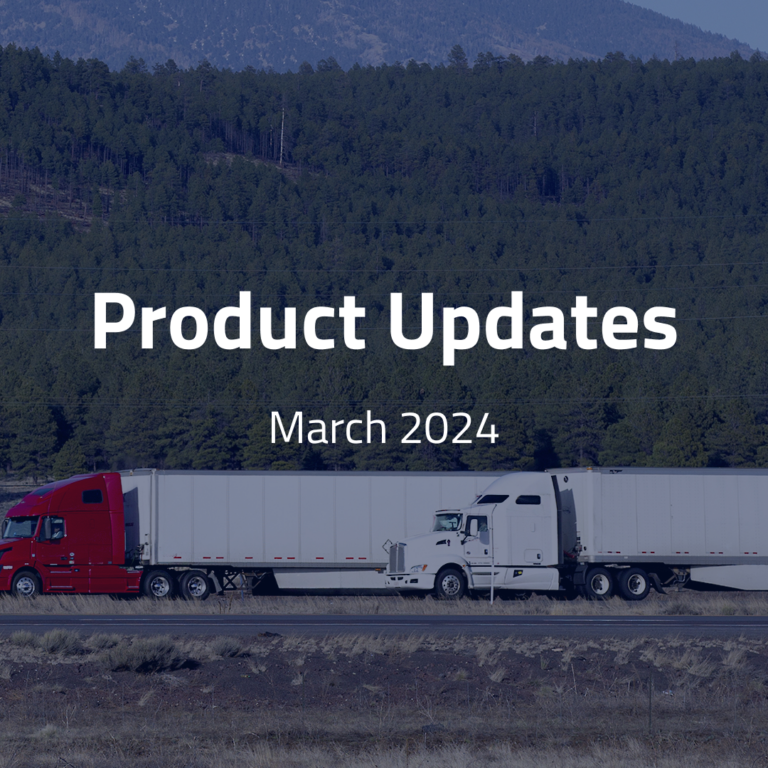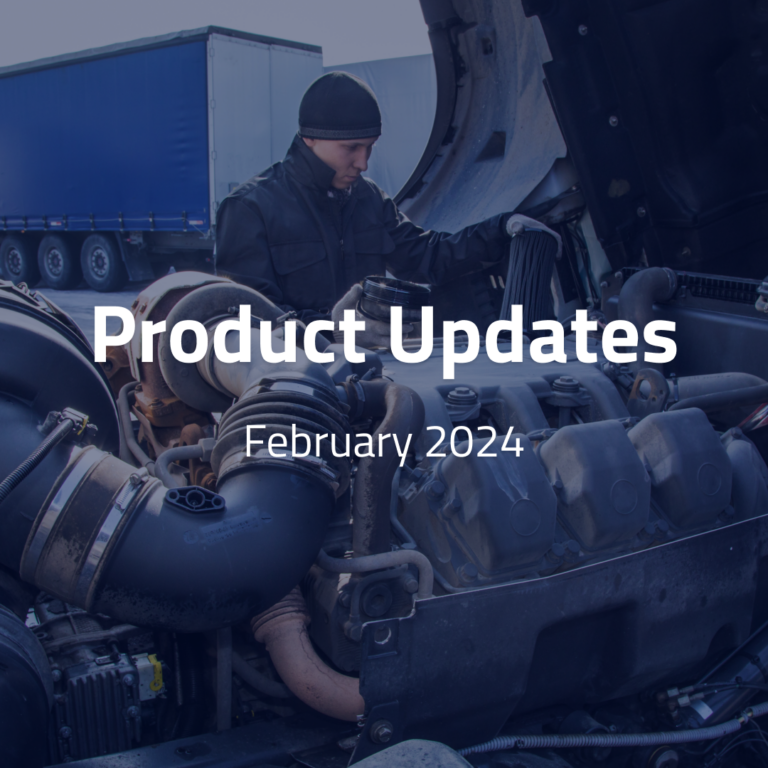
5 Tips For Preparing Your Fleet For Electric
09 August 2023
Read time: 6 min
The future is electric... Read how your fleet can successfully transition from combustion to electric using data and predictive analytics!
Electric vehicles have come a long way since their rudimentary counterparts were first launched a couple of decades ago. Intelligent driving, proactive servicing, and remote access are just some of the features that make EVs a very desirable investment. Add to it the raging environmental concerns and uncertain oil prices, and we have a market that’s ripe for the taking.
Apart from the already well-established environmental benefits of electric vehicles, several other convincing reasons have forced fleet managers to rethink their positions on the uptake of electric. Growing regulations (and shortening implementation timespans) coupled with reduced upfront costs have enabled managers to begin to flesh out ambitious plans that will not only lower fleet fuel costs but also cut back on engine maintenance and servicing costs. But that’s not to say that the transition will be easy.
Several challenges still deter many from committing to this plan. Lack of charging infrastructure, unfamiliarity with EV ‘fueling’ requirements, range anxiety, significantly higher acquisition costs, and general indifference towards the environment are just some of the issues that are threatening to derail fleet transitions.
However, most of these hurdles can be overcome by simply tapping into telematics tracking technology that can enable managers to make more confident, data-backed decisions regarding their fleets.
Here are 5 tips to confidently electrify your fleet with the help of harnessing data.
1. FEASIBILITY ASSESSMENT
Taking the jump to electric can only be deemed a success if it eventually manages to save you money. This won’t be possible until you’ve completed a thorough feasibility assessment of your organization’s current capabilities and the impact electrification will have on them.
Vehicle-level granular data such as current daily mileage of fleet, payloads, routes, timings, and other usage data points can help assess the viability of your plan. Via telematics, managers can draw accurate conclusions regarding the viability of switching. Questions such as “can EVs complete their routes on a single charge” or “what charging infrastructure is readily available on their route” can be answered with the right data in hand.
Make it a point to conduct such a study at regular intervals. Just like Pitstop’s own data flywheel, EV technology is rapidly evolving and constant equipment upgrades are necessary to manage costs and achieve targets.
2. WHICH ELECTRIC VEHICLES TO INVEST IN?
There are two important points to keep in mind while choosing your EVs – range and total cost of ownership (TCO).
When talking about range, it’s necessary to keep in mind that it can vary with make and model. Thus, the first step to take is to assess the current performance of your diesel vehicles. Once you have that data, you can compare it to the electric vehicle options at hand. This information will help you answer questions such as:
-
Do you require a short-range, mid-range, or long-range EV?
-
Does the hybrid model work best for your case?
-
What combination of EV range models works best for your business goals?
The second point to factor in is the TCO. You’ll need to accurately assess whether the higher cost of the EV is worth it and will be made up by reduced energy and maintenance costs. Comparing your current costs against your future EV savings can help you determine whether electrification is beneficial for your fleet or not in the long run.
3. HIRE THE RIGHT HELP
It may be obvious to point out but the energy requirements of EVs are also much more technically complicated than combustion vehicles. The average vehicle generates 1-2 terabytes (TB) of data per day, with electric promising to increase that amount exponentially. Since these “software on wheels” requires special technical expertise it’s important to scope out your energy consumption and management before committing to the transition as the skills needed might not be available in-house.
Hiring the right help will be incredibly important to the proper transitioning from combustion to electric.
4. EMPLOY A TELEMATICS SOFTWARE TO ENSURE OPTIMAL PERFORMANCE
The biggest overhead cost of adopting EVs is energy usage. Charging several vehicles at once puts a significant load on the distribution grid. This can cause a fluctuation in utility rate charges. To properly manage their energy requirements, fleet managers must be aware of the total electricity demand of their fleet as well as the utility rate structure to avoid any surprises and unanticipated costs. Implementing telematics software to gather critical energy and its usage data can go a long way in reducing overall costs.
Having access to reliable telematics data reduces the dependence on ‘driver experience’ and assumptions. It puts the manager in a position to take quick informed decisions supported by real-time data and rich insights.
Telematics can also aid drivers in their bid to find, access, and utilize energy resources along their route. This potentially increases uptime, reduces energy load, and negates the risk of having to come back to base for charging purposes.
Often the best option is to partner with a telematics platform like Pitstop that can guide you along your roadmap by not just giving you critical data but also helping you capture the right value out of it.
5. ASSESSING THE IMPACT OF THE TRANSITION
Simply switching to electric, without paying attention to its impact or utilizing data simply for the transition can pave the way for future financial and regulatory troubles. It’s important to put measures in place that can constantly analyze and study the data sent back from your fleet to accurately measure the impact.
With the right technology in place, not only can data help manage the health of your fleet, it can directly quantify the environmental and sustainability impact of switching. Environmental regulations and policy changes are key factors to motivate fleet owners to make the switch. Having the ability to put a number on the emissions reductions will help justify their green investments both from an internal and corporate social responsibility.
Employing telematics solutions to acquire a clearer picture of how electrification will help reach environmental goals while being compliant and profitable can give fleet managers much more flexibility and freedom to make the right choices.
TAKEAWAY
Electric vehicles promise much more than just a greener future.
It’s been established that EVs not only have a net-positive impact on the environment but also help fleet companies to cut down on operational costs and maintenance fees. With the several financial, operational, and environmental advantages that EVs offer, it’s no wonder fleet operators are seriously considering switching to electric sooner rather than later.
But fleet electrification cannot be achieved overnight. It requires a fundamental overhaul of the operational model coupled with investments in advanced data analytics, AI, and ML technology. Accurate telematics data can help create realistic financial models that factor in all the variables – required vehicle range, fuel cost savings, total ownership costs, charging requirements, efficiency, and predicted maintenance costs. That means employing the right skills and technology to create a concrete roadmap will ensure your fleet and employees are prepared for the switch.
Reach out to Pitstop to find out how to get started with predictive analytics and help make the future greener.














